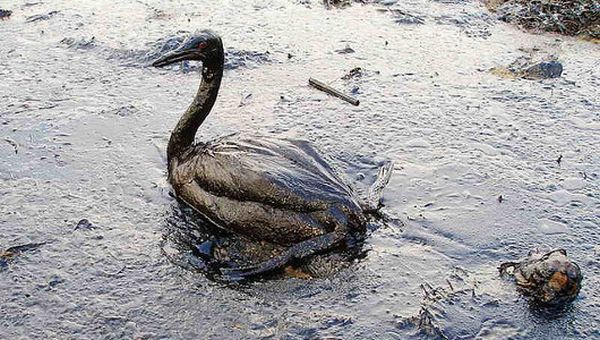Oil spills have a devastating impact on marine life. We just have to look at the pictures of the aftereffects of the oil spill in the Gulf of Mexico to understand the horrible reality. The collapse of the Deepwater Horizon oil well released 4.9 million barrels of crude oil into the Gulf of Mexico in 2010. The oil consumed everything in its path, taking over the peaceful ecosystem with its poisons and causing all kinds of environmental problems.

To take control of the situation, around 3 million liters of dispersants, including industrial soaps called surfactants were introduced into the Deepwater Horizon oil well. These chemicals not only seeped into the oil, but traveled further than the spill. They only began to break down six months later. A more sustainable and safe solution is needed, seeing as how we can expect more of these oil spills in the future.
Scientists have developed the world’s first magnetic soap for the expressed purpose of cleaning up oil spills. The soap is composed of iron rich salts dissolved in water, bromide ions and chloride. These ions form a magnetic core within the soap particles and can be controlled by magnetic fields when applied to water.
Currently, the project is in the theory stage; however scientists imagine a future detergent can be produced from this hypothesis, which will lead to the safe cleanup of oil spills and other sensitive environments. The hypothesis simply calls for the use of magnets to lift up the harmful substances without too much disturbance to the natural environment. Julian Eastoe, the head of the research, said that the possibility of magnetic soaps could be used to recreate the same phenomenon in more commercially viable liquids, whose range of applications could include water treatment and industrial cleaning products.
The new technique has undergone limited testing by researchers. The soap was inserted beneath a less dense organic solution within a test tube. Under the effect of a magnetic force, the soap was levitated to the surface.
Scientists at the University of Bristol and the Institut Laue Langevin will proceed with more research and work out methods to develop soaps that can be controlled by light, changes in pH, carbon dioxide, temperature or pressure.
Via: Mnn




